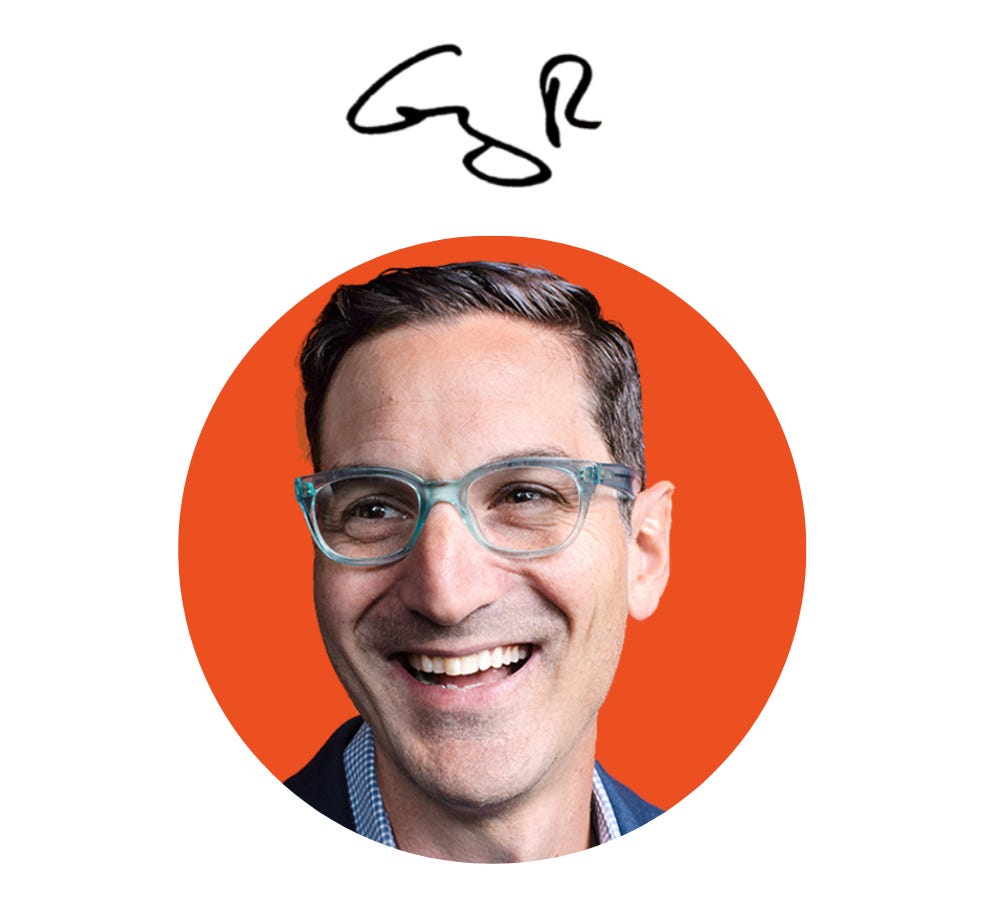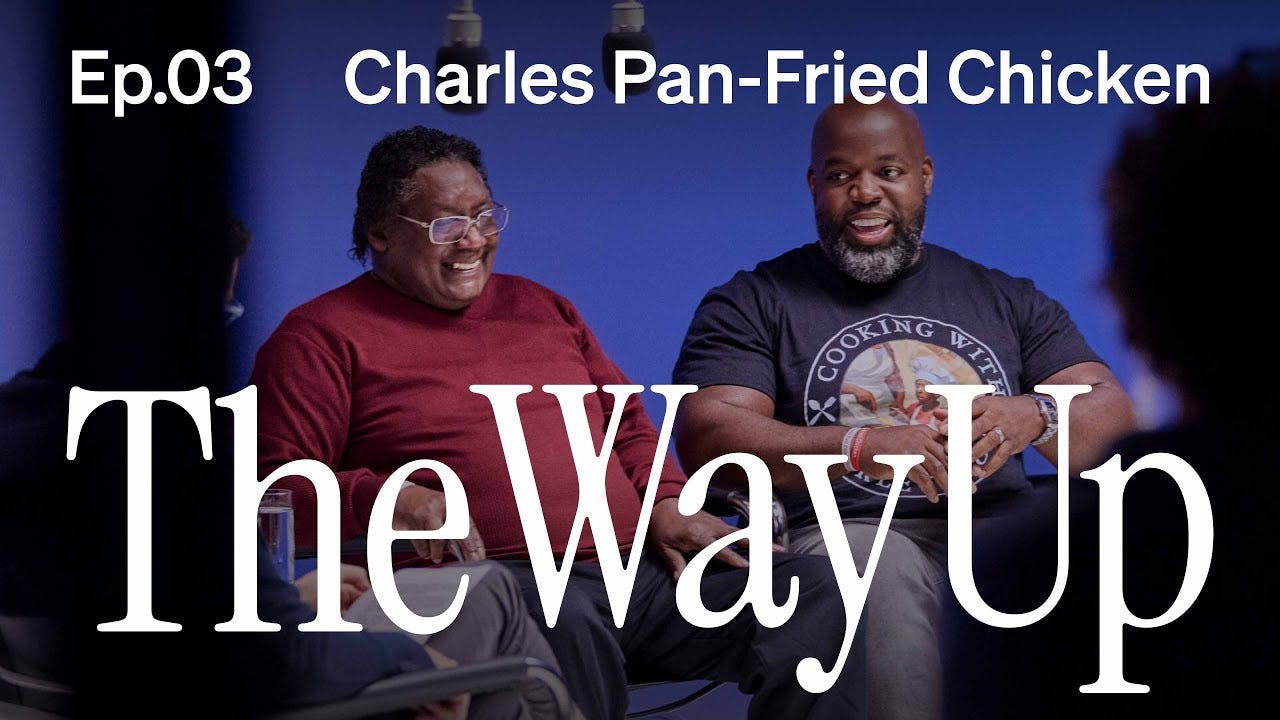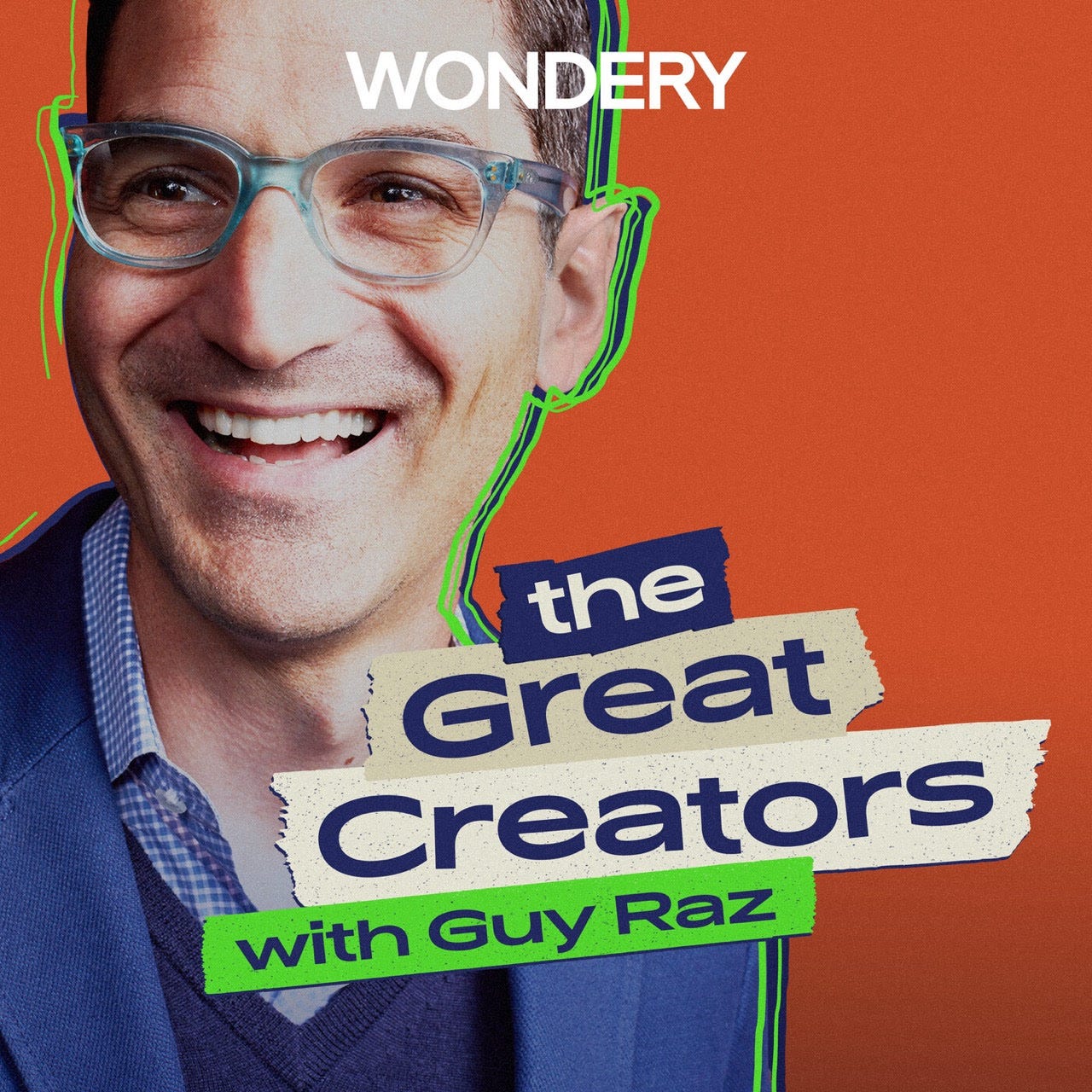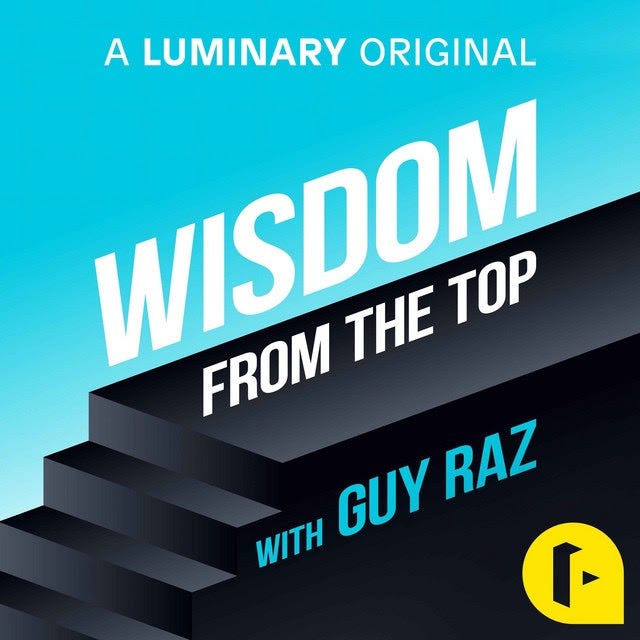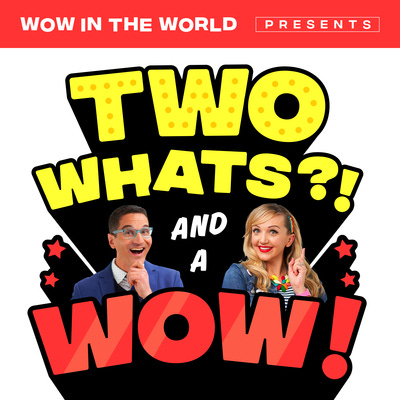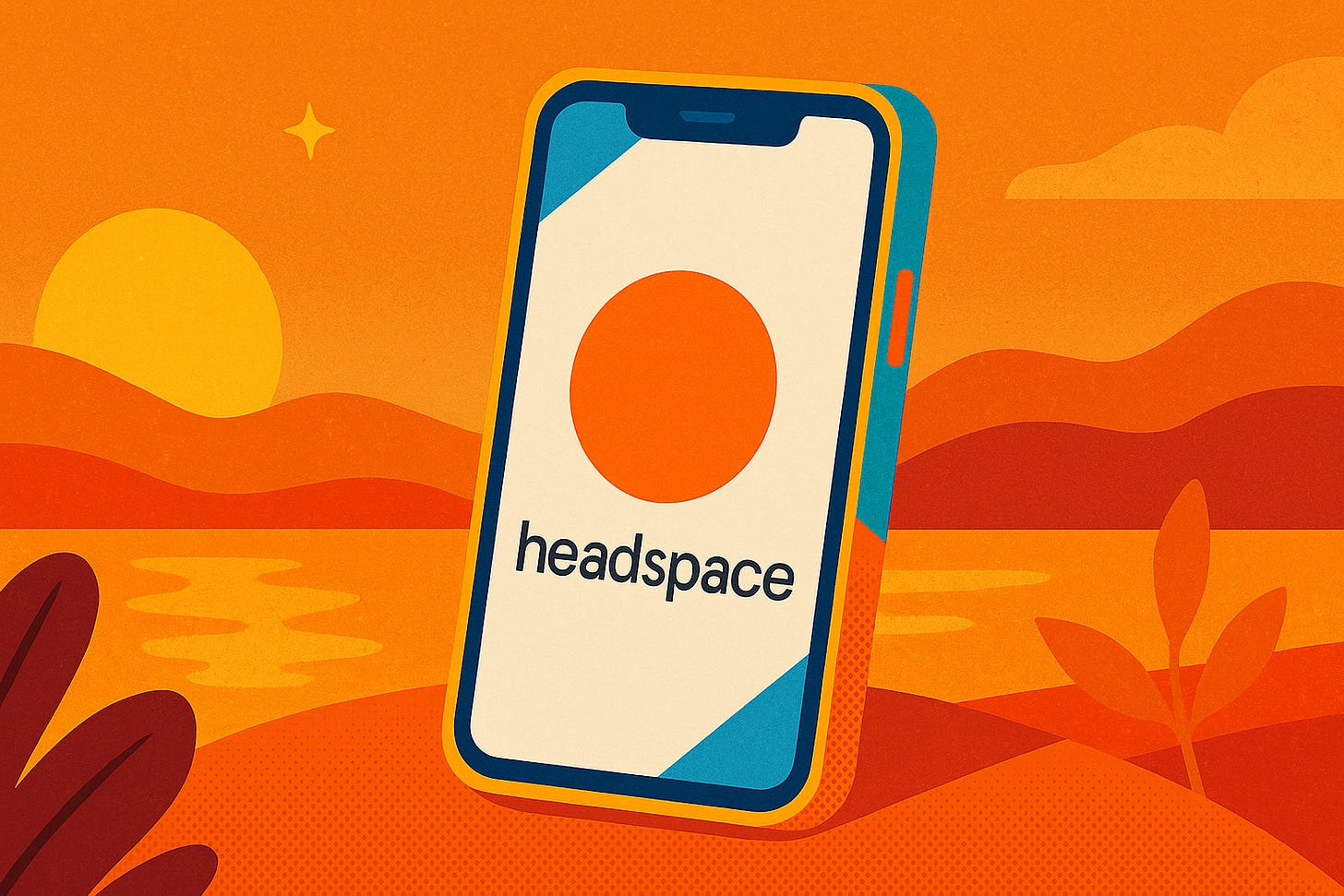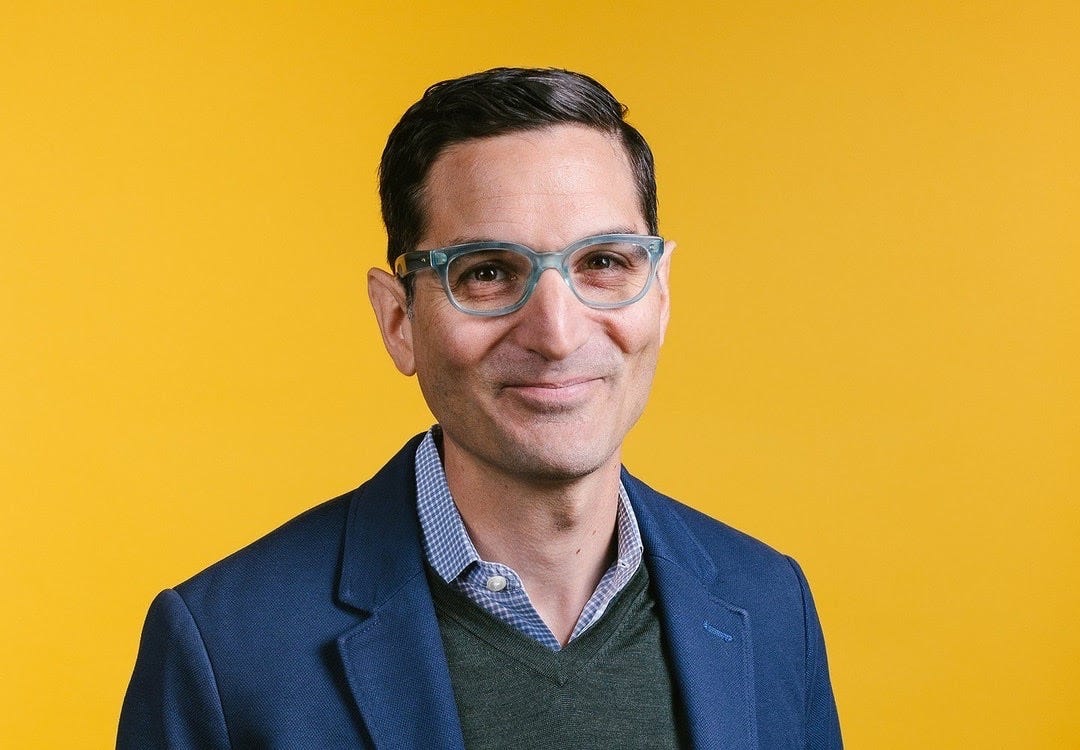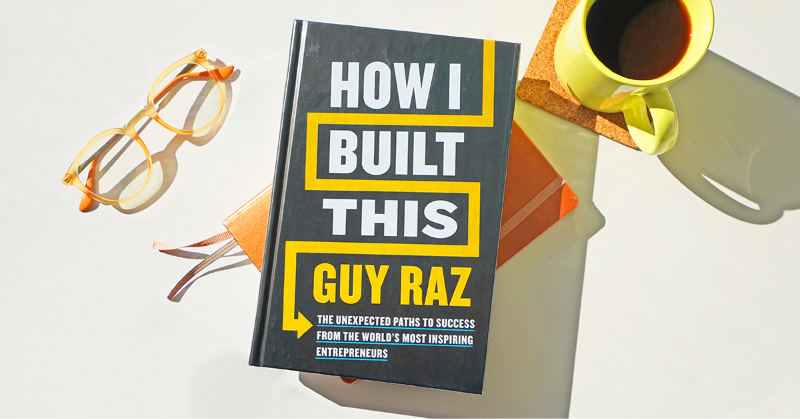The road to a breakthrough? It’s rarely a straight shot.
This week on How I Built This, I sat down with Alex Tew and Michael Acton Smith—the duo behind Calm, one of the most downloaded wellness apps on the planet.
But before Calm was Calm… it was chaos.
Alex had launched a viral experiment called the Million Dollar Homepage. Michael had his hands in everything from e-commerce to gaming. They were both serial entrepreneurs, constantly building, tinkering, trying. Some ideas clicked. Most didn’t.
And Calm? It didn’t begin with a sleek app or a massive user base. It started with a website that told you to “do nothing for two minutes.”
That’s it. No fancy branding. No roadmap. Just a hunch.
But here’s the thing that really stayed with me after our conversation:
Sometimes the right idea doesn’t come at the beginning. It finds you somewhere along the way.
And that way? It can feel slow. Messy. Even pointless at times.
A failed startup.
A job that doesn’t “fit.”
A project that fizzles out.
But if you zoom out, patterns start to emerge. Experiences connect. You start to realize—maybe that detour wasn’t wasted time. Maybe it was pointing you here all along.
So if you’re in the middle of it—testing, exploring, wondering—just know: you’re not off course.
You might just be in the middle of getting there.
Have a great week!
—Guy
Listener Mailbag!
It Doesn’t Have to Make Sense
The story of how Paul Hedrick left a career in consulting to found Tecovas resonated with many of you.
One of the main lessons? You can change the course of your career with one decision!
I have a BBA, MBA, and fifteen years of experience at IBM. I was tagged as “high potential” during my time at IBM. And I still decided to leave it all.
But I realized my passion wasn’t about making money. It was about making a difference. So I traded my stock options for sticky hugs and pivoted to the not-for-profit sector.
Now, 10+ years later, I’m so proud of the work we’ve done transforming the lives of chronically ill children, and the lives of those who love them.
Joan S.
I had a lifetime career in hospitality. But I made a pivot and decided to become a FT woodworker and furniture maker.
Kristina M.
I started a law practice with nothing and no contacts. I’ve learned that drive, willingness, and the ability to fail (and start again) is what has made me successful.
Lawrence L.
The Way Up – Episode 3!
This week on The Way Up, I sat down with two chefs whose bond runs deeper than the food they serve.
Chef Charles Gabriel is a Harlem legend. He's been perfecting his pan-fried chicken recipe for decades. But when COVID hit, his business nearly disappeared.
That’s when Chef Quie Slobert stepped in: a longtime friend who once watched Charles cook through a swinging kitchen door as a kid.
Together, they’ve transformed Charles Pan-Fried Chicken from a local staple into a growing operation, with multiple NYC locations, national buzz, and a mission rooted in community.
They’re feeding families, teaching kids to cook, and showing what happens when legacy meets vision.
Listen and watch below!
On the Podcasts This Week!
Calm: Making Meditation a Daily Habit for Millions
Before Calm, Alex Tew and Michael Acton Smith had already made names for themselves. Alex as the creator of the viral Million Dollar Homepage, and Michael as the founder of Moshi Monsters, one of the most popular kids' games of the 2000s.
But their next move? It wasn’t another game or gimmick.
It was silence.
They launched Calm in 2012 with little buzz and a simple goal: make meditation more approachable.
But early on, investors scoffed: Who would pay to sit quietly and breathe?
It started with a web experiment called Do Nothing for Two Minutes… and evolved into a full suite of guided meditations, daily calms, and eventually stories voiced by some of the most famous celebrities in the world.
Today, Calm has 180M downloads, a valuation near $2B, and a cult-like user base that returns every night just to fall asleep.
HIBT Advice Line: Staying Power
This week on the Advice Line, I’m joined by Steve Holmes, founder of Springfree Trampoline. Steve built a safer trampoline and turned it into a globally recognized brand. T
First up, Ike: How do I grow without alienating my core audience?
Ike launched Veii Apparel as a student-athlete, building a performance wear brand rooted in culture and community. Now he wants to expand, but he doesn’t want to lose touch with his core customers. We encouraged him to lead with values and scale from there.
Next, Cody: How do I advertise a seasonal product year-round?
Cody’s bug spray brand, Grand Tongo, just launched into a major retailer.. The challenge? Sales are weather-driven. We recommend owning the “middle ground” brand position: clean, effective, and science-backed.
Finally, Kenesha: How do I turn a viral moment into long-term growth?
Kenesha’s One More Cocoa landed on a popular “best of” list, leading to a big spike. But she’s struggling to take advantage of this opportunity. Steve says to treat viral moments like cherries on top and double down on the business.
Whether you're riding a high or plotting your next move, this week’s episode is a reminder: staying power comes from strategy, storytelling, and self-belief.
If you would like to be featured on an upcoming episode, call and leave a 1-minute message at 1-800-433-1298 or send a voice memo to hibt@id.wondery.com
Logic on Letting Go of the Spotlight and Creating for Himself
Logic built a career on speed, precision, and pressure. He turned mixtapes into platinum records and packed out arenas across the world.
But behind the scenes, he was unraveling.
In this episode, Logic opens up about the challenges that shaped his childhood, the mental toll of staying at the top, and why he’s walking away from music.
He also shares what life looks like now in a very different location: writing scripts, raising kids, and building a quieter kind of creative life.
It’s a powerful conversation about reinvention, reflection, and finally making peace with your own voice.
Watch it on YouTube:
Ken Hicks: Turning Foot Locker Around with Storytelling
When Ken Hicks became CEO of Foot Locker in 2009, the company was in steep decline: sales were down nearly a billion dollars and mall traffic was drying up.
But Ken didn’t just cut costs or chase trends.
He went deeper. Reviving the brand by connecting with customers on an emotional level.
His strategy centered on storytelling: making Foot Locker more than a place to buy shoes, but a brand people could identify with.
In just three years, that shift helped drive a $2 billion turnaround.
Ken’s story is a powerful reminder that price and product aren’t enough. Connection is what builds loyalty.
Science Podcasts for Kids!
A Birthday Trip to Blood Falls!
It’s Grandma G-Force’s birthday and all she wants is a front-row seat to something bloody... and bonkerballs! So the crew heads to Antarctica to visit the mysterious Blood Falls!
In this week’s Wow in the World, we explore a creepy-looking, deep-red waterfall gushing out of a glacier.
What causes it to be red? Is it algae? Rust?
Nope!
It turns out the red color comes from tiny particles smaller than red blood cells that cause a strange chemical reaction…
But here’s the real WOW: that water flows from a salty, ice-covered lake beneath the glacier... a lake with freezing temperatures and microscopic life!
Grab your mittens and your magnifying glass. This is a chilly, otherworldly mystery you don’t want to miss!
The Buzz on Bees
Did you know that bees can taste with their feet? Or that some bees are actually blue thanks to special light-reflecting scales?
And here’s a bee-utiful bonus… bees have five eyes!
We are back with a buzzing new round of Two What’s And A Wow!
From the Archives!
Springfree Trampoline: Keith Alexander & Steve Holmes
In the late 1980s, engineer Keith Alexander wanted to buy a trampoline for his kids… until his wife pointed out just how dangerous they could be.
So he did what most parents wouldn’t: he spent the next decade inventing a safer one.
Keith’s springless design reduced impact zones and reimagined the entire structure, but despite years of development, he struggled to bring it to market.
That’s when Canadian entrepreneur Steve Holmes stepped in, licensing the patent and betting big on a trampoline that looked (and bounced) like nothing else.
Keith and Steve’s story is proof that innovation doesn’t always start with a market opportunity. It can begin with a simple “no.”
Headspace: Andy Puddicombe and Rich Pierson
In his twenties, Andy Puddicombe gave up everything to become a Buddhist monk.
But after a decade of training, he felt called to share meditation with a much wider audience.
While running a clinic in London, Andy met Rich Pierson, a stressed-out ad executive looking for relief. Their unlikely partnership became the foundation for Headspace, the meditation app that launched in 2010 and helped bring mindfulness into the mainstream.
With Andy’s calm voice guiding sessions and Rich’s marketing background driving growth, Headspace grew into a global platform.
Today Headspace is used all around the world and is worth a staggering $3B.
See you next time!
What do you want more or less of?
Just send a tweet to @guyraz or a message on IG to @guy.raz or LinkedIn and put #GuyRazNewsletter at the end so I can find it.


